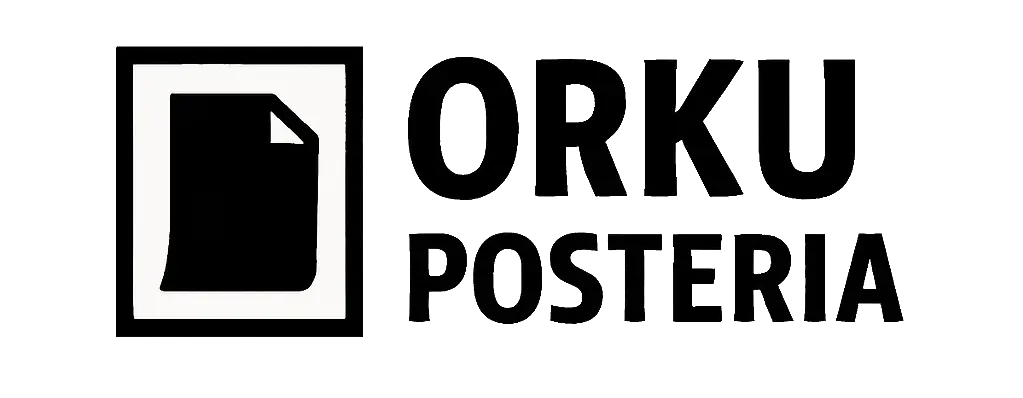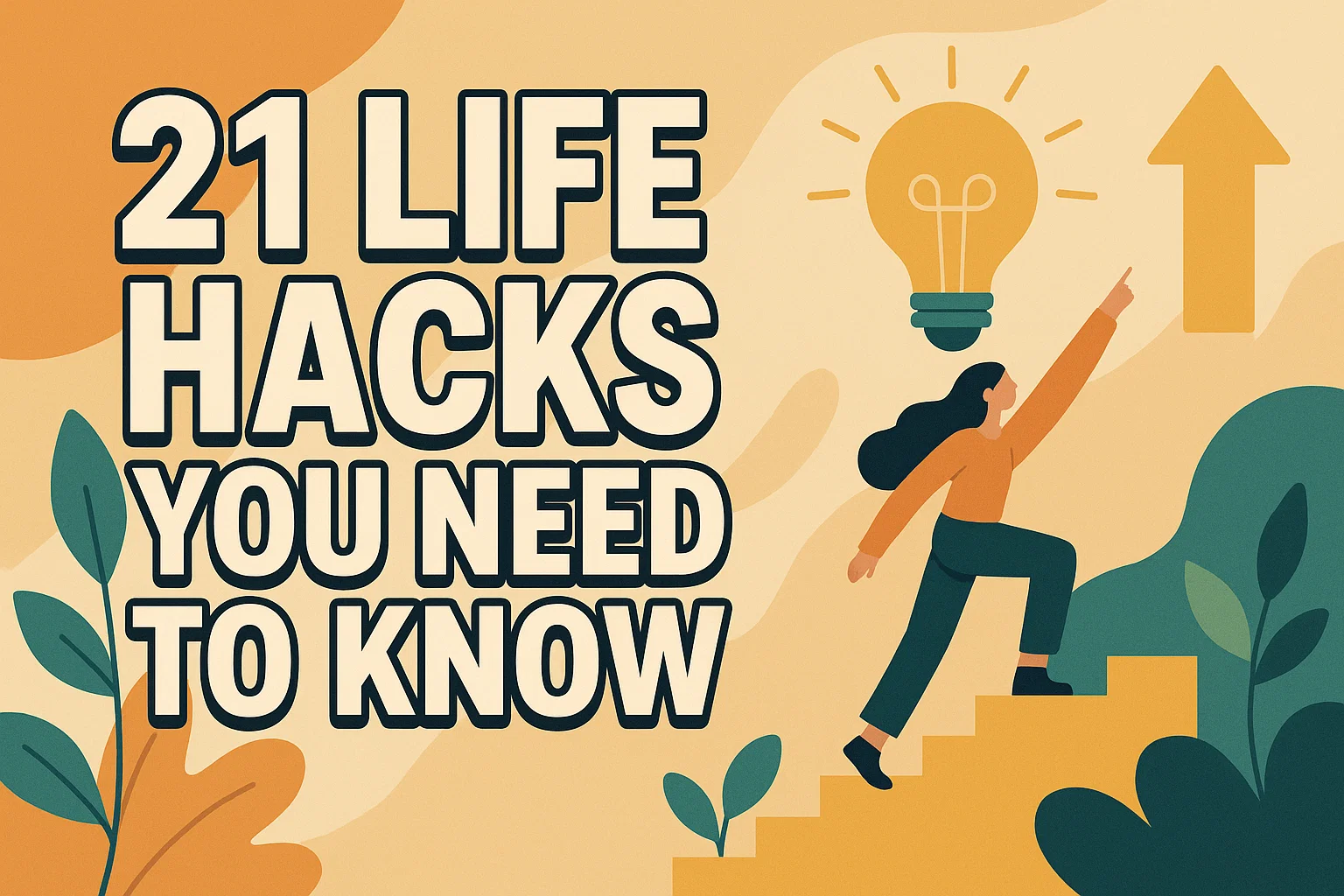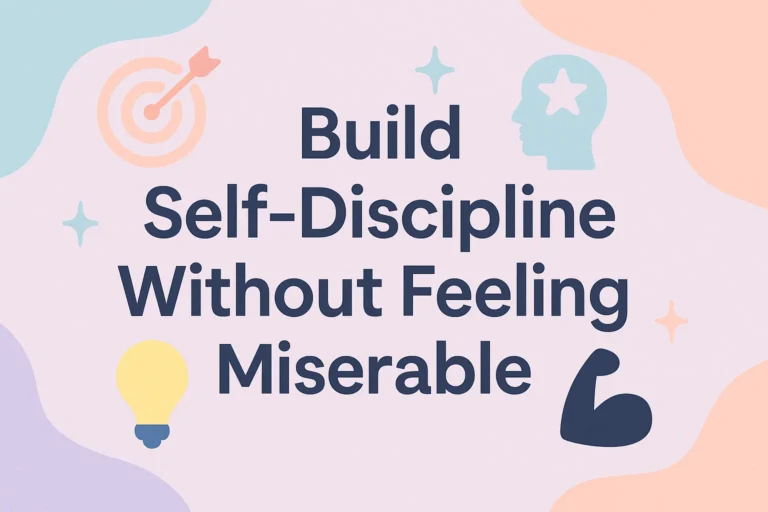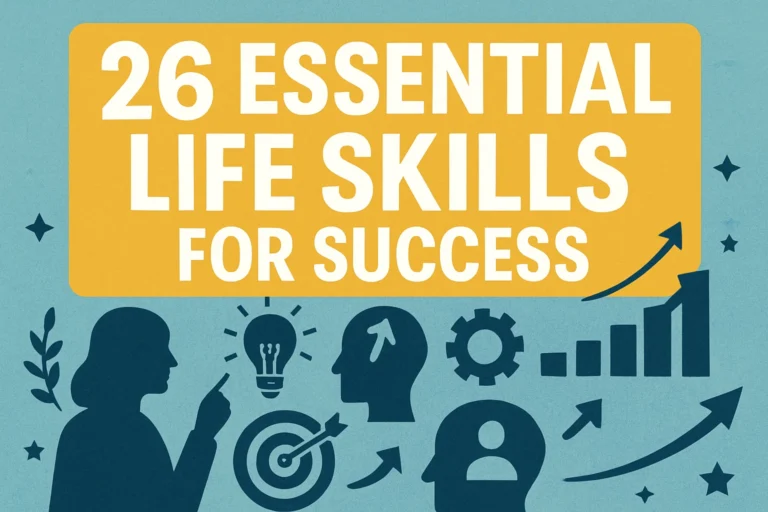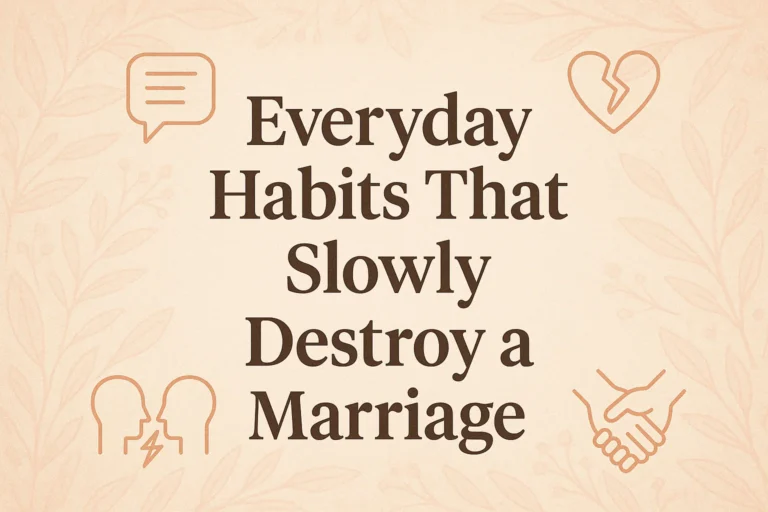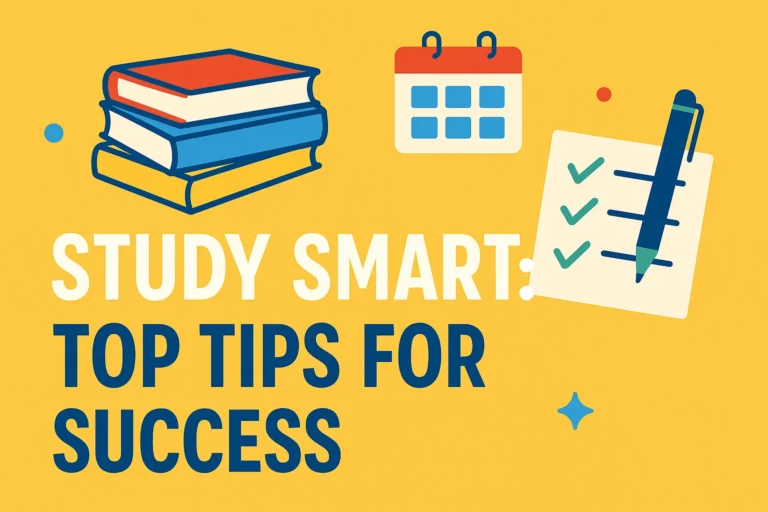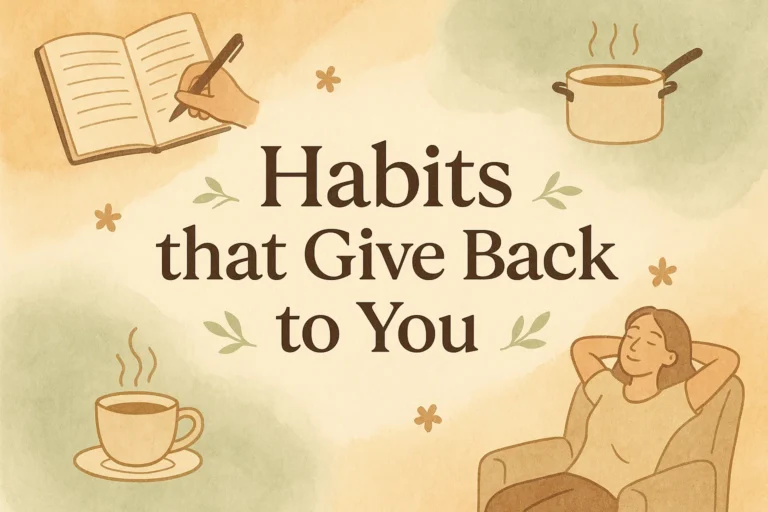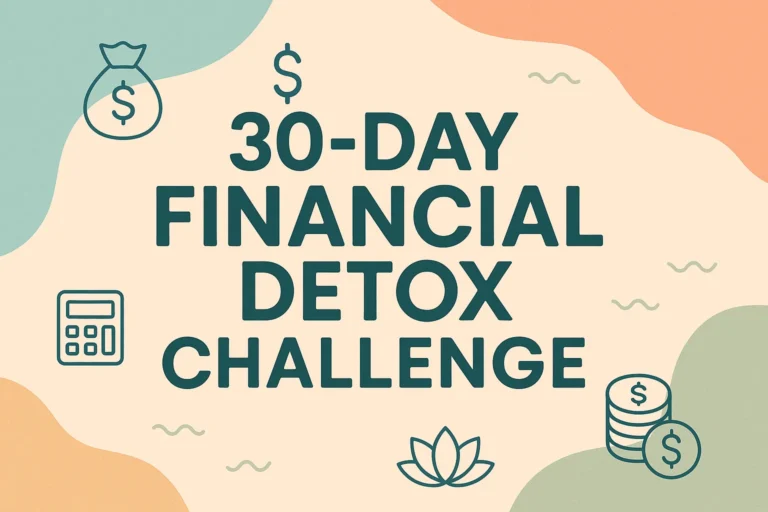21 Essential Life Hacks for Your Personal Improvement Plan Unlock Your Potential
Of course! Here is a 1,500-word SEO article crafted to your exact specifications.
21 Essential Life Hacks for Your Personal Improvement Plan: Unlock Your Potential!
Alright, let’s be real. The whole “personal development” thing can feel a bit overwhelming, can’t it? One minute you’re fired up, ready to become the most optimized, productive, and zen version of yourself. The next, you’re buried under a mountain of self-help books, a half-finished online course, and the crushing guilt of not meditating for 20 minutes at 5 a.m.
Sound familiar? I’ve been there. I’ve tried all the fads and read all the books (well, some of them). And what I’ve learned is that real, lasting improvement isn’t about a complete personality overhaul. It’s about small, smart, and surprisingly simple life hacks that stack up over time.
So, grab a coffee, get comfortable, and let’s chat about 21 essential, no-BS life hacks that will actually fit into your life and supercharge your personal improvement plan. No fluff, just actionable stuff.
Hack Your Mindset: The Foundation of Everything
Before we talk about productivity apps or morning routines, we have to get your head in the game. Your mindset is the operating system for your life. If it’s buggy, nothing else runs smoothly.
Embrace the “Two-Minute Rule”
This one comes from David Allen’s Getting Things Done, and it’s a total game-changer. The rule is simple: if a task will take less than two minutes, do it immediately. Don’t write it down. Don’t schedule it. Just do it.
Why does this work so well? It prevents tiny tasks from piling up into a terrifying, monolithic chore. Replying to a short email, washing that one coffee cup, hanging up your coat—doing these immediately creates instant momentum and a sense of accomplishment. It tricks your brain into wanting to do more. IMO, it’s the easiest way to feel productive before 9 a.m.
Practice “Negative Visualization” (A Little Bit of Stoicism)
This sounds gloomy, but stick with me. The ancient Stoics practiced something called premeditatio malorum—the premeditation of evils. Essentially, you take a moment to consciously imagine losing something you value—your job, your health, a relationship.
Before you panic, the point isn’t to make yourself sad. It’s to generate massive gratitude for what you have right now. Ever notice how you only truly appreciate your health once you get a nasty cold? This hack proactively manufactures that appreciation. It’s a powerful antidote to taking the good stuff for granted.
Reframe Your “To-Don’t” List
We’re all obsessed with to-do lists. But what about the things that silently drain your energy and focus? Enter the “To-Don’t” list.
This is your list of energy vampires. Maybe it’s mindlessly scrolling social media after 8 p.m., agreeing to meetings that could have been an email, or hitting the snooze button five times. Write down your top three energy-draining habits and make a conscious effort to avoid them. Protecting your focus is just as important as managing your tasks.
Hack Your Time: Because You Can’t Get It Back
Time is our most non-renewable resource. Yet, we often treat it like it’s infinite. Let’s change that.
Time-Blocking is Your New Best Friend
Forget giant, overwhelming to-do lists. Time-blocking is the superior method. It’s exactly what it sounds like: you block out specific chunks of time in your calendar for specific tasks.
“Work on project report” from 10 a.m. to 11:30 a.m. “Gym” from 5:30 p.m. to 6:30 p.m. “Read” from 8 p.m. to 8:30 p.m. This method turns your abstract list into a concrete schedule. It reduces the mental energy wasted on deciding what to do next and dramatically increases the chances you’ll actually do it. It’s a commitment to yourself, and it works.
The 80/20 Principle (Pareto’s Law)
Vilfredo Pareto, an Italian economist, noticed that 80% of the land was owned by 20% of the people. This principle applies to almost everything. 80% of your results come from 20% of your efforts.
Your job is to identify that magical 20%. What are the few key tasks that drive the majority of your success at work? Which relationships give you 80% of your joy? Which clients provide 80% of your revenue? Focus your energy there. Stop wasting time on the trivial 80% that only yields 20% of your results. It’s about working smarter, not harder. 🙂
Schedule “Nothing” Time
This might be the most counterintuitive hack on the list. You must intentionally schedule blank space in your calendar. This is time for spontaneity, rest, thinking, or absolutely nothing.
If every minute of your day is scheduled, you have no buffer for the unexpected, no room for creative thought, and no time to just breathe. Block out time for unplanned time. It prevents burnout and makes you more adaptable. Your future, less-stressed self will thank you.
Hack Your Habits: Make Good Choices Automatic
Willpower is a finite resource. It depletes as the day goes on. The goal is to design your environment and routines so that making the right choice requires zero willpower.
Habit Stacking: The Ultimate Life Hack
This concept from James Clear’s Atomic Habits is brilliantly simple. You “stack” a new habit you want to build onto an existing one.
The formula is: “After/Before [CURRENT HABIT], I will [NEW HABIT].”
* “After I pour my morning coffee, I will meditate for one minute.”
* “After I brush my teeth at night, I will floss one tooth.” (Yes, just one! It’s about starting.)
* “Before I eat lunch, I will drink one full glass of water.”
By tying the new behavior to an established trigger, you dramatically increase your chances of success. It removes the need to remember or debate it.
Optimize Your Environment
Your environment is a silent, powerful force shaping your behavior. Want to eat healthier? Don’t keep junk food in the house. Want to read more? Place a book on your nightstand and leave your phone charging in another room.
Make the good choices easy and the bad choices hard. I put my yoga mat right next to my bed so I literally trip over it in the morning. It’s a lot harder to ignore it that way.
The Five-Second Rule (Mel Robbins)
When you feel an instinct to act on a goal (like getting out of bed, volunteering an idea in a meeting, or going for a run), you must physically move within five seconds, or your brain will kill the idea.
5… 4… 3… 2… 1… GO! This rule is a “starting ritual” that interrupts your habit of overthinking and procrastination. You launch yourself into action before your inner critic can talk you out of it. I use it for everything from getting out of a warm bed on a cold day to sending that slightly scary email. It works every time.
Hack Your Health: Fuel Your Machine
You can’t build a great life on a shaky foundation. Your physical and mental health are that foundation.
Hydrate Before You Caffeinate
Before you reach for that life-giving coffee in the morning, drink a large glass of water. You’ve just gone 6-8 hours without any fluids. Rehydrating first thing kicks your system into gear, improves cognitive function, and is just a ridiculously healthy way to start the day. It’s a tiny win that sets a positive tone.
Move for 10 Minutes
You don’t need a 90-minute gym session to reap the benefits of movement. A brisk 10-minute walk, a short yoga flow, or some bodyweight exercises can boost your mood, energy, and focus immensely.
The barrier to entry is so low that you have no excuse. Stuck on a work problem? Go for a 10-minute walk. Feeling sluggish in the afternoon? Do 10 minutes of stretching. Consistent, tiny movements are better than occasional, intense ones.
Master the “Mindful Minute”
Meditation is fantastic, but the idea of sitting for 20 minutes can be a non-starter for many. Instead, try a “Mindful Minute.”
Set a timer for 60 seconds. Close your eyes and just focus on your breath. In… and out. Your mind will wander—that’s totally normal and okay. Just gently bring it back to your breath. That’s it. One minute of presence. You can do this between meetings, before a difficult conversation, or when you’re feeling overwhelmed. It’s a mental reset button.
Hack Your Connections: We’re Better Together
Personal improvement isn’t a solo mission. The people around us profoundly impact our journey.
Practice Active Listening (For Real)
Next time you’re in a conversation, make this your only goal: to understand, not to reply. Put your phone away. Make eye contact. Don’t formulate your response while they’re still talking.
Ask follow-up questions. “How did that make you feel?” or “What happened next?” This simple shift makes the other person feel truly heard and valued. It will instantly improve the quality of your relationships, both personal and professional.
Set & Communicate Your Boundaries
Saying “no” is a complete sentence. You need to protect your time and energy. This isn’t selfish; it’s essential for avoiding resentment and burnout.
Clearly communicate your boundaries. “I don’t check emails after 6 p.m.” or “I need 24 hours’ notice for a meeting.” People can’t respect boundaries they don’t know exist. It’s uncomfortable at first, but it’s a muscle that gets stronger with use.
The Gratitude Text
Take 30 seconds right now. Think of someone you appreciate—a friend, a family member, a colleague. Send them a quick, specific text.
“Hey, just was thinking about you and how much I appreciated your advice last week. It really helped me. Hope you’re having a great day!”
This tiny act does two incredible things: it massively boosts their mood and, scientifically, it boosts yours even more. It’s a instant connection hack that strengthens your social fabric.
Hack Your Learning: Never Stop Growing
A stagnant mind is a bored mind. Continuous learning is the fuel for personal growth.
Consume Content on 1.5x Speed
If you listen to podcasts or watch educational videos, speed them up. Most platforms allow you to increase the playback speed. Start at 1.2x and work your way up to 1.5x or even 2x.
Your brain can process information much faster than people speak. This hack allows you to consume the same valuable content in a fraction of the time. FYI, you’ll never go back to normal speed. Regular conversation will start to sound weirdly slow, but that’s a price I’m willing to pay.
Implement the “One Thing” Principle
After you learn something new—from a book, a course, or a podcast—immediately ask yourself: “What is the one thing I can implement from this right now?”
Knowledge without action is just entertainment. This principle forces you to translate learning into doing. Read a chapter on communication? Your one thing could be to use one open-ended question in your next conversation. This ensures you’re always moving forward.
Teach What You Learn
The best way to solidify your understanding of a concept is to explain it to someone else. This is known as the Feynman Technique.
You don’t need a classroom. Explain it to a friend, your dog, or even just talk to yourself in the shower. When you have to break a concept down into simple terms, you quickly identify the gaps in your own understanding. It turns passive learning into active mastery.
Hack Your Environment: Design Your World for Success
Your surroundings have a huge impact on your mood, focus, and productivity.
The “One-Touch” Rule for Emails & Paper
Try to handle each email or piece of paper only once. When you open an email, decide immediately: delete it, reply to it (if it takes less than two minutes), delegate it, or schedule time to deal with it later.
The same goes for physical mail. This prevents a daunting pile of “I’ll deal with this later” tasks from building up. It creates a clean, clutter-free physical and digital space, which does wonders for mental clarity.
Curate Your Digital Soundtrack
Music and ambient noise are powerful focus tools. Don’t just listen to whatever pops up on a shuffle.
- Need deep focus? Try lo-fi beats, classical music, or ambient soundscapes (like rain or coffee shop noises).
- Need energy? Create a high-energy pump-up playlist.
- Need to relax? Make a playlist of calming acoustic or jazz.
You have the power to control your auditory environment. Use it intentionally to craft the mindset you need.
Create a “Sanctuary” Space
Designate one area in your home—even if it’s just a cozy chair—as a place for relaxation and no work. This is your digital detox zone.
Make it comfortable, keep a book there, maybe a plant. This physical boundary helps your brain switch off from work mode and associate that space with rest. It’s a small but powerful signal to your nervous system that it’s time to unwind.
Putting It All Together: Your Game Plan
Whew! That was a lot. But remember, the goal isn’t to implement all 21 of these today. That’s a surefire path to failure and frustration.
Scan through this list again. Which one or two hacks resonated with you the most? Which ones made you think, “Yeah, I could actually do that”?
Start there. Master the Two-Minute Rule for a week. Then, maybe add in Habit Stacking. This is a marathon, not a sprint. The magic isn’t in any single hack; it’s in the consistent, cumulative effect of small changes.
Personal improvement isn’t about becoming a different person. It’s about unlocking the potential of the person you already are. You’ve got this. Now, go out there and make one tiny change. I’m rooting for you
